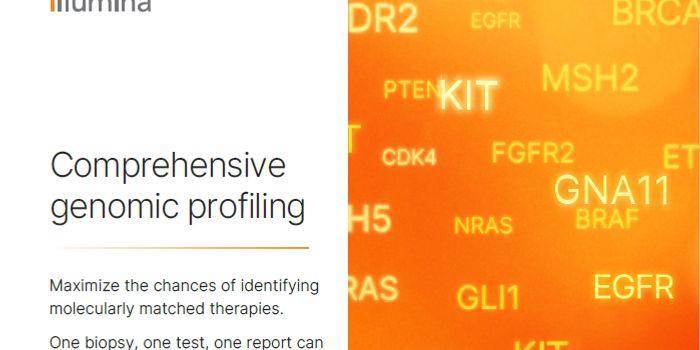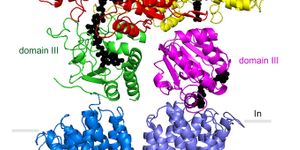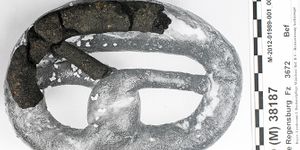Many animals, including humans, acquired essential ‘foreign' genes from microorganisms co-habiting their environment in ancient times, according to research published in the open access journal Genome Biology. The study challenges the conventional view that animal evolution relies solely on genes passed down through ancestral lines and suggests that, at least in some lineages, the process is still ongoing.

The transfer of genes between organisms living in the same environment is known as horizontal gene transfer. It is well known in single-celled organisms and thought to be an important process that explains how quickly bacteria evolve resistance to antibiotics, for example.
Horizontal gene transfer is also thought to play an important role in the evolution of some animals, including nematode worms, which have acquired genes from microorganisms and plants, and some beetles that gained bacterial genes to produce enzymes for digesting coffee berries. However, the idea that horizontal gene transfer occurs in more complex animals, such as humans has been widely debated and contested.
Lead author Alastair Crisp from the Department of Chemical Engineering and Biotechnology at the University of Cambridge said: "This is the first study to show how widely horizontal gene transfer occurs in animals, including humans, giving rise to tens or hundreds of active 'foreign' genes. Surprisingly, far from being a rare occurrence, it appears that this has contributed to the evolution of many, perhaps all, animals and that the process is ongoing. We may need to re-evaluate how we think about evolution."
The researchers studied the genomes of 12 species of fruit fly, four species of nematode worm, and ten species of primate, including humans. They calculated how well each of their genes aligns to similar genes in other species to estimate how likely they were to be foreign in origin. By comparing with other groups of species, they were able to estimate how long ago the genes were likely to have been acquired.
In humans, they confirmed 17 previously-reported genes acquired from horizontal gene transfer, and identified 128 additional foreign genes in the human genome that have not previously been reported. A number of genes, including the ABO gene, which determines an individual's blood group, were also confirmed as having been acquired by vertebrates through horizontal gene transfer. The majority of the genes were related to enzymes involved in metabolism.
In humans, some of the genes were involved in lipid metabolism, including the breakdown of fatty acids and the formation of glycolipids. Others were involved in immune responses, including the inflammatory response, immune cell signalling, and antimicrobial responses, while further gene categories include amino-acid metabolism, protein modification and antioxidant activities.
The team identified the likely class of organisms from which the transferred genes came. Bacteria and protists, another class of microorganisms, were the most common donors in all species studied. They also identified horizontal gene transfer from viruses, which was responsible for up to 50 more foreign genes in primates.
Some genes were identified as having originated from fungi. This explains why some previous studies, which only focused on bacteria as the source of horizontal gene transfer, originally rejected the idea that these genes were ‘foreign' in origin.
The majority of horizontal gene transfer in primates was found to be ancient, occurring sometime between the common ancestor of Chordata and the common ancestor of the primates.
The authors say that their analysis probably underestimates the true extent of horizontal gene transfer in animals and that direct transfer between complex multicellular organisms is also plausible, and already known in some host-parasite relationships.
The study also has potential impacts on genome sequencing more generally. Genome projects frequently remove bacterial sequences from results on the assumption that they are contamination.
"It's important to screen for contamination when we're doing genome sequencing, but our study shows that we shouldn't ignore the potential for bacterial sequences being a genuine part of an animal's genome originating from horizontal gene transfer," adds Dr Chiara Boschetti from the Department of Chemical Engineering and Biotechnology.
Source: University of Cambridge









